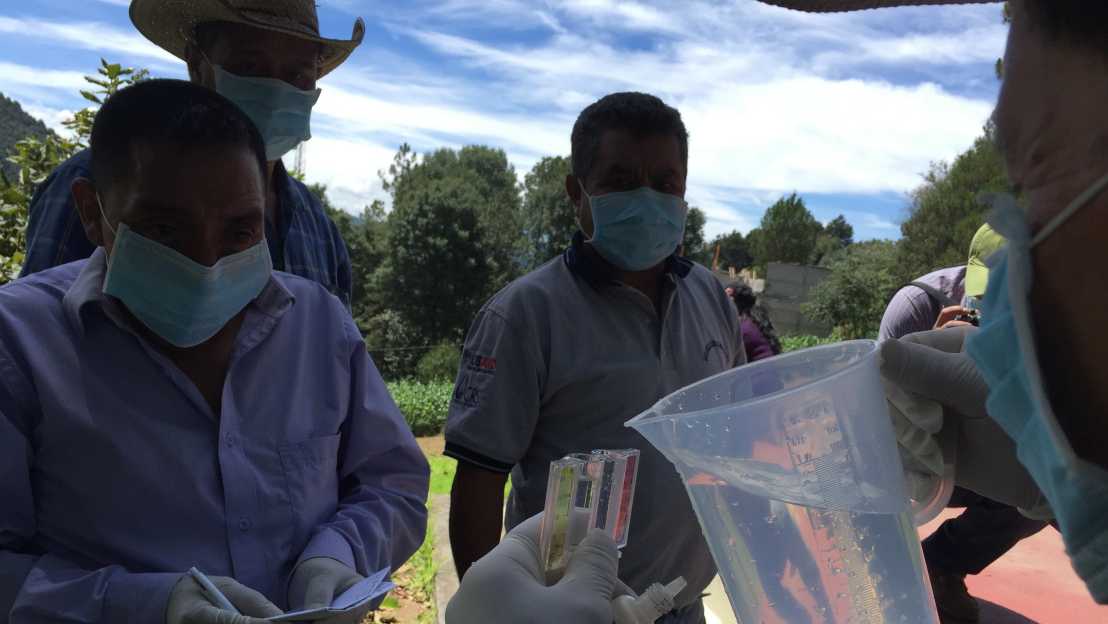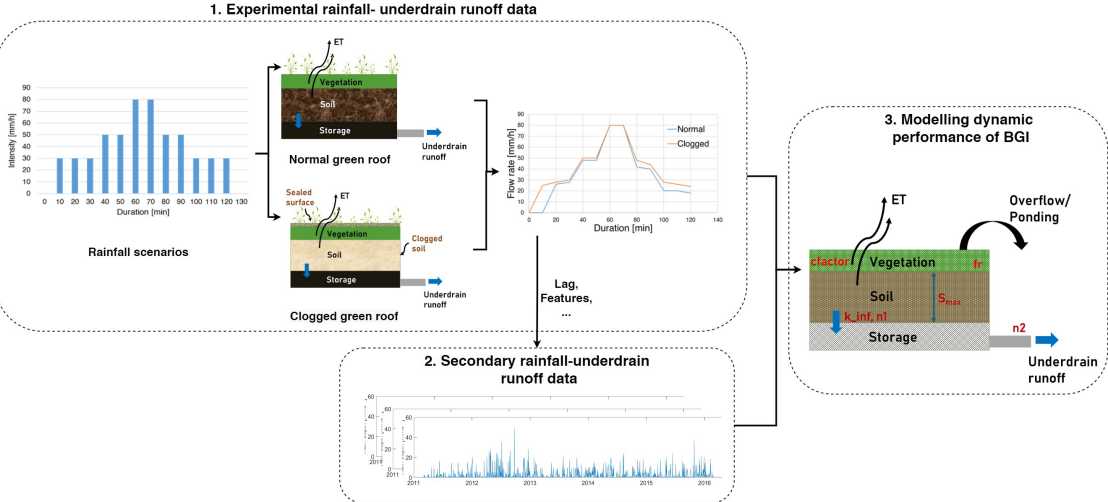Clean Water & Water Resources
Chlorination Intervention for Rural Supplies

Delivering safe drinking water remains a global challenge, particularly in remote rural areas. Existing water treatment methods often fail due to their reliance on sustained behaviour change, difficulties with repairing or replacing parts, and a lack of local material supply chains. Low-cost in-line chlorination technologies have great potential for achieving sustained treatment of small rural drinking water systems. However, little evidence exists on the effectiveness of these novel chlorination technologies installed at the system level, particularly in a rural context.
The project aims to systematically evaluate the applicability of a locally constructed in-line chlorination device designed by Helvetas Swiss Intercooperation in the Lake Atitlán region of Guatemala. The project uses a mixed-methods approach, consisting of a controlled before-after community-level assessment and an interrupted time series analysis in four communities. The study evaluates the technical and cost performance of the chlorination device, water users’ acceptance and satisfaction with their water service, system management practices, and child health status.
Focus Country: Guetemala
Contact: external page Dr. Sara Marks
Partner: external page Helvetas Guetemala
ETH4D Grant: ETH4D Research Challenges Grant
Exploring the Potential of Nature based Solutions in Mitigating Pluvial Floods in Nepalese Cities

Blue-green infrastructures (BGI) increase the peaking time and reduce the peak intensity and runoff volume of surface runoffs for most storm events, thereby reducing the risk of flooding and sewer overflowing. BGI have been increasingly adopted for stormwater management in cities worldwide due to these hydrological benefits.
However, like any other urban water infrastructure, BGI require regular upkeep (sweeping, de-clogging, and replacing composite layers) to preserve their hydrological performance. This aspect is often overlooked and understudied.
We hypothesise that an unmaintained BGI will have reduced hydrological benefits and therefore this needs to be considered when planning and designing BGI for cities and modelling their long-term performance. While infrastructure maintenance is a big challenge all over the world, it is especially relevant in low-income regions, where urban (water) infrastructure management is hindered by practices such as the open dumping of solid wastes and irregular sweeping of streets that, in turn, clog the drainage system.
Low-income regions are also less equipped to deal with the consequences of floods and sewer overflows due to their socio-economic constraints.
As such, if BGI are to be implemented for stormwater management purposes, their maintenance should be prioritised to ensure optimal hydrological performance, thereby preventing the flood and overflow risks in the first place.
Focus Country: Nepal
Contact Person: external page Joshi Prabhat, external page Prof. Max Maurer, external page Dr. Christoph Lüthi
Partners: external page Naxa, Nepal, external page Global Institute for interdisciplinary Studies (GIIS) Nepal